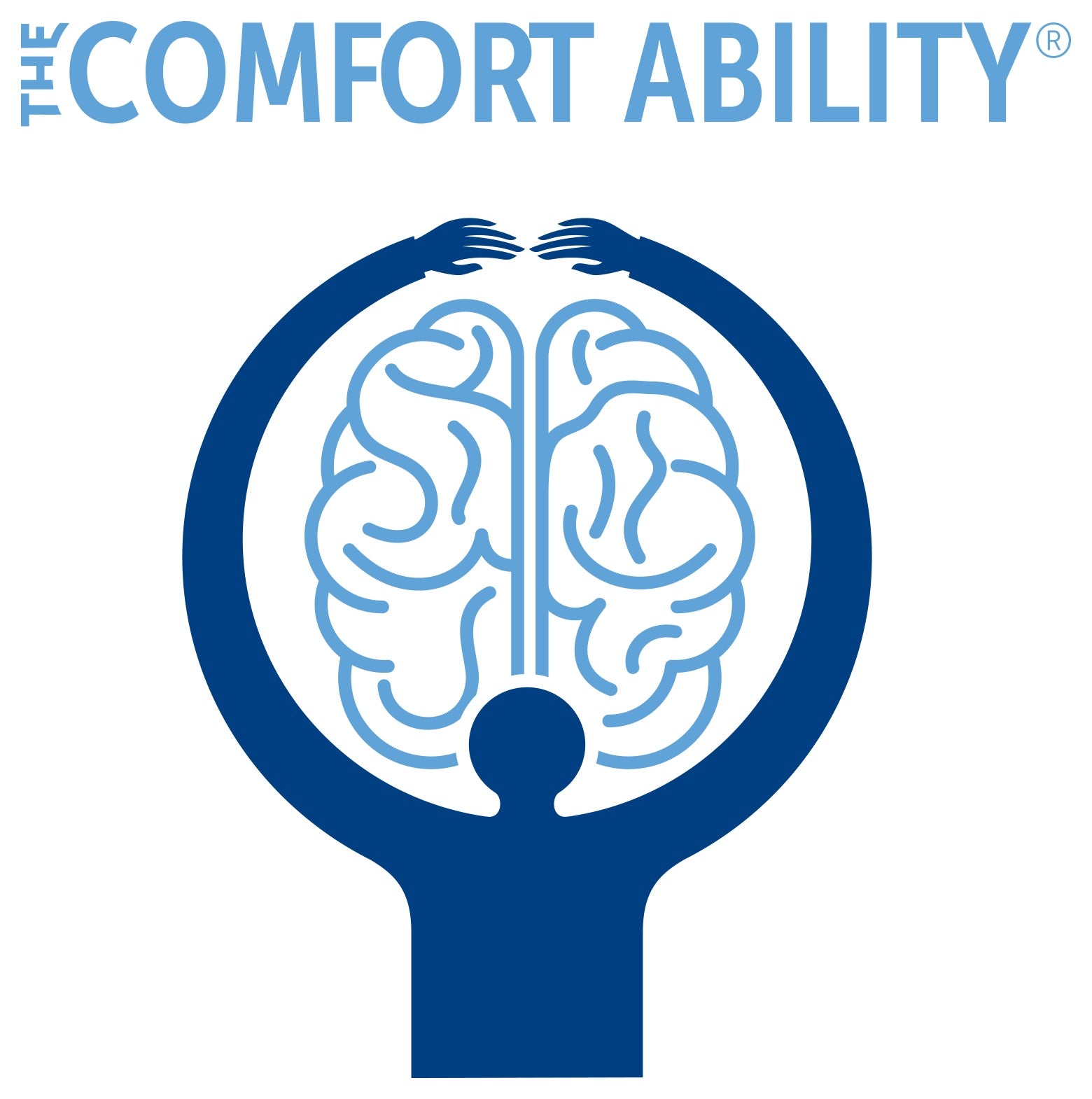There’s a yoga pose called “tadasana” or “mountain pose” and at first glance it may seem easy. To do this pose you simply have to stand up tall with your feet about hip width distance apart, arms at your side, palms facing out. Basically, it just looks like you are standing still. But, are you really?
Try this quick experiment. Stand in mountain pose and close your eyes. Then, lean forward until you feel your toes catch, then shift back to center. After you find your balance, lean slightly backwards until your feel your heels catch, then shift back to center. If you didn’t fall when you tried this, it means you’re intuitively sensing when you’re off balance and making the necessary adjustments your body needs to rebalance. Now, try this. Stand in mountain pose, close your eyes, and root your feet to the ground. Without intentionally leaning forwards or backwards, see if you can sense the subtle rebalancing you feel throughout your body, noticing how your weight shifts even though you’re not moving. Indeed, even when we think we’re rooted in stillness, the body is constantly adapting, making micro-adjustments to keep us well balanced. In this way, feeling steady and balanced requires intuition and continuous adjustment. It’s an ongoing process.
In many ways, this is a perfect analogy for chronic pain management. Learning to intuitively sense when things are tilting off center (the toes catch!) and finding how to bring things back into alignment is the secret ingredient? To feeling better. But, if you don’t have the skills to rebalance when you’ve leaned too far in one direction, you’ll inevitably fall. That is why learning the evidence-based skills offered through psychology are so important. You have to start by first doing the detective work to figure out what pulled you off your axis (Lack of sleep?; Poor activity pacing?; Not spending enough time with friends?) then you have to identify the options you have within your power to rebalance (Return to exercise?; More time spent on valued activities?; Meditation?) so you can remain steady and feel your best. Over time and with practice these skills become increasingly intuitive. In other words, you may no longer feel your toes catch, but you will still be able to make the micro-adjustments your body needs to keep you in balance. In this way, pain management strategies become less effortful and more just like living a well-balanced life.
Many of the adolescents and young adults I work with want to be “done” with pain management. They don’t want to be burdened with having to think about rebalancing, they just want to feel better. I understand this sentiment completely. But, if 2020 has taught us anything, it’s that life demands constant adaptation and adjustment. Our learned capacity to rebalance after we are pulled from our steady center – whether from chronic pain, or pandemic stress, or other life events -- may be our most important asset.
I recently shared the example of the mountain pose when explaining the concept of rebalancing with a young adult patient of mine who has chronic pain. He’s in college and studying rocket engineering. “You know,” he reflected, “rockets are programmed with an optimal trajectory, but they are also built with internal sensors designed to withstand forces from all directions.” He explained to me that the internal sensors constantly make micro-adjustments to rebalance the rocket. “The sensor’s job is to make sure the rocket goes where it’s supposed to go and without this rebalancing the rocket would crash,” he said. And, as if this analogy wasn’t spot on enough, he went on to explain that the flight computers on board these rockets need to do a lot of learning to get this right. He shared, “these computers require constant reprogramming. At first, they might over- or under-correct for a problem, but over time the programming gets better and in its final form the rocket is essentially on autopilot.” In other words, the need to rebalance remains a constant, but the rocket doesn’t veer off course because it has essentially learned what it needs to do to stay on its trajectory.
Whether you are launching rockets, managing chronic pain, navigating a life transition, or just quietly and intuitively finding your center in mountain pose, it’s important to remember that rebalancing initially requires observation, learning, and some practice. In the early phases of pain management this rebalancing can be quite difficult; when the sensor systems fail, it’s easy to veer off course and some people even feel that they’ve completely crashed. But over time it’s possible to get smarter, more efficient and more intuitive at making the adjustments you need to stay in balance. Then, you simply choose your flight path and take off.

